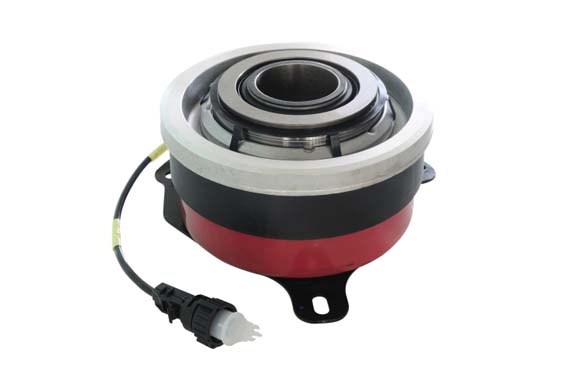
The dual-clutch transmission DCT is different from the general automatic transmission system. It is based on a manual transmission instead of an automatic transmission. In addition to the flexibility of a manual transmission and the comfort of an automatic transmission, it can also provide uninterrupted power output. Whereas traditional manual transmissions use a clutch. When shifting gears, the driver needs to depress the clutch pedal to make the gears of different gears engage in meshing action, and the power is intermittent during the shifting, which makes the output performance intermittent. At present, more and more models basically use dual-clutch transmissions.
Low-speed creeping in traffic jams can be a nightmare for dual clutches, because the clutch plates are always in a semi-linked state, and frequent shifting between the 1st and 2nd gears will aggravate the wear of the running-in plates and reduce their lifespan. Therefore, in the case of following the car at a low speed, you can switch to S gear (in S gear, the engine speed will be upshifted at a higher speed) or switch to manual mode 1 gear to avoid too frequent stop-and-go between 1 and 2 gear switching, severe wear and tear, while causing the gearbox to overheat.

When the gearbox is in D gear and then the brake is applied, it will be in a semi-linked state, increasing the loss of the clutch plate. If you are in a traffic jam, try to walk for a while and then stop for a while, avoid keeping the D gear and step on the brakes, and do not creep in half-linkage, but if there are too many queues, it will not work. It is suggested that if you wait for more than one minute, don't step on the brake side with one foot, just hang the N block and pull the handbrake. If it exceeds five minutes, simply hang the P block to turn off the engine.
The gear shift referred to here is not the up-and-down gear during the driving process, but refers to the use of the shift lever to switch between the R gear and the P gear. If the car is not completely stopped and the R gear is added, or the car is not stopped when reversing, immediately hang in the P gear. Both of these situations can cause a violent impact on the gears, which is often referred to as "hitting the gears". One of the common faults of dual-clutch transmissions is that the gears are particularly easy to be knocked out. This is a problem that maintenance shops often find in dual-clutch transmissions.
Often the same dual-clutch transmission shows completely different tuning on different models. Compared with the difference in hardware, the shifting logic of dual-clutch is where every car company needs to spend a lot of effort to study. Even though the gear shifting logic has been optimized countless times, it is still difficult for the computer to fully understand what you mean. Therefore, it is necessary to step on the accelerator lightly as much as possible to avoid the computer misjudging the driving needs and selecting the wrong gear, which will lead to shifting gears and frequent shifting, resulting in impact on the gears and excessive wear on the clutch plates.
Many people have a misunderstanding about ishift clutch actuator, that is, wet dual clutches are immersed in transmission fluid, while dry dual clutches have no transmission fluid. In fact, only the connection medium between the driving disc and the driven disc of the clutch is different. The dry type relies on air, and the wet type relies on oil. Whether it is dry or wet, other friction components such as gear sets are lubricated by transmission oil. Under normal circumstances, the shelf life of transmission oil is three years, and some models are five years. For details, please refer to the vehicle manual. After the transmission oil expires, the lubricating effect will decrease, and the friction will increase, which will increase the loss of friction components such as gear sets and reduce the service life.
In fact, for the dual-clutch transmission, its life is not short compared to other transmissions, but it has great limitations. Many daily car usage conditions will aggravate driving wear and tear, so the impression is that the dual-clutch transmission has a short lifespan. On the other hand, with CVT and AT gearbox, there are not so many precautions in daily driving, so it gives a good impression of worry-free and durable.
https://www.kgcclutch.com/the-role-of-oneway-clutch-in-automatic-transmission.html
https://www.kgcclutch.com/what-is-the-function-of-release-bearings.html
https://www.kgcclutch.com/what-are-the-common-types-of-geartronic-transmission.html
https://www.kgcclutch.com/types-and-characteristics-of-automotive-clutch-release-bearings.html
https://www.kgcclutch.com/common-maintenance-method-of-volvo-dual-clutch-transmission.html